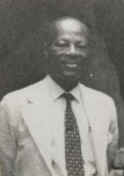Cecil Baugh (1909-2005)

Cecil Baugh – the ‘Master Potter’ was born in Bangor Ridge, Portland in about 1909 and attended the Bangor Ridge Primary School.
During his adolescent years he was given the task to take food for his brother at Long Mountain Road (now Mountain View Avenue. It was here that he was first exposed to the ancient art of pottery. Young Cecil Baugh watched the women who made and fired the yabbah bowls which were produced by a technique which survived from the days of slavery itself, and was of African origin. His first efforts were limited to ‘dollyhouse’ items including little clay tables and chairs, which brought him earnings of three shillings a week on average. He soon ‘graduated’into making flower pots and yabbahs. He increased his earnings but more importantly, fuelled the fires of his ambition. After living for a while in Richmond, St. Ann with his brother who had by then become a tradesman and for a while in Montego Bay, Cecil Baugh returned to Long Mountain to make pots. His efforts in other parts of the island were not as successful as he would have liked. The right type of clay was important and that from the Liguanea Plains was ideal.
He was about 25 years old in 1933 when an incident occurred bringing a new dimension to his work and changing the face of ceramics in this country. One night while firing his day’s work he noticed fire escaping through the top of his rude kiln. Not wanting the temperature to drop he quickly grabbed the nearest thing he could find to cover it. It was a sheet of copper. As the copper became increasingly hot, he saw a flame coming from it. It was not orange-red as he was used to, but turquoise. As it licked at the night Cecil Baugh thought it was the prettiest colour he had ever seen, and he thought about capturing that colour in his work. Having no formal education in chemistry he quite often did not get the colours he tried for, but whatever came out was new to Jamaicans and he sold all he could make.
In 1941, in response to a newspaper advertisement Cecil Baugh enlisted in the Royal Engineers of the British Army. He kept in close touch with his art, but because of World War II, work in ceramics was at a minimum. He claimed that in 1942 his Division was sent to Cairo and it was there that he saw the Persian Blue, a colour quite similar to what he had got using copper oxide and glass in Jamaica. He was greatly encouraged.
Cecil wanted to know everything there was to know about ceramics to enhance his teaching skills upon returning to Jamaica. When he returned to Jamaica in 1946 he was not satisfied with the extent of his knowledge. He wanted to return to England to study under the most respected figure in ceramics in the Western world, Bernard Leach, however, no scholarships were available and when contacted, Leach said he had no time for beginners.
Cecil remained undaunted, went to England to study with another ceramist, and would not rest until he managed to secure a one-year term under the guidance of Bernard Leach who was regarded as the ‘Father of British Studio Pottery’. It was the beginning of a friendship, which lasted throughout the years. He returned to Jamaica in 1949 and in 1950 mounted his first one-man exhibition. Soon after with Albert Huie, Linden Leslie, Jerry Isaacs and Edna Manley formed the Jamaica School of Art. Cecil Baugh was the last to leave the institution when he retired in 1975.
Strength and simplicity – these two features above all epitomize the feel of Cecil Baugh’s pottery. And for him, this skill was not easily acquired as part of a planned art course, but was rather built throughout the years by ceaseless experimenting with materials available to him and by determinedly seeking to learn from those more skilled than himself in order to improve his work. He gave nearly half a century of his life to pottery – at first discovering and improving his own skills and later passing these skills on to others. Ceramics in Jamaica now have their own unique form, authentically Jamaican, evolved by Jamaicans for Jamaicans. To have helped to achieve this status for this ancient craft is a life’s work to be proud of and in more ways than one, Cecil Baugh could be described as the Bernard Leach of Jamaican pottery.
Cecil Baugh died on June 28, 2005 at the age of ninety-six.
